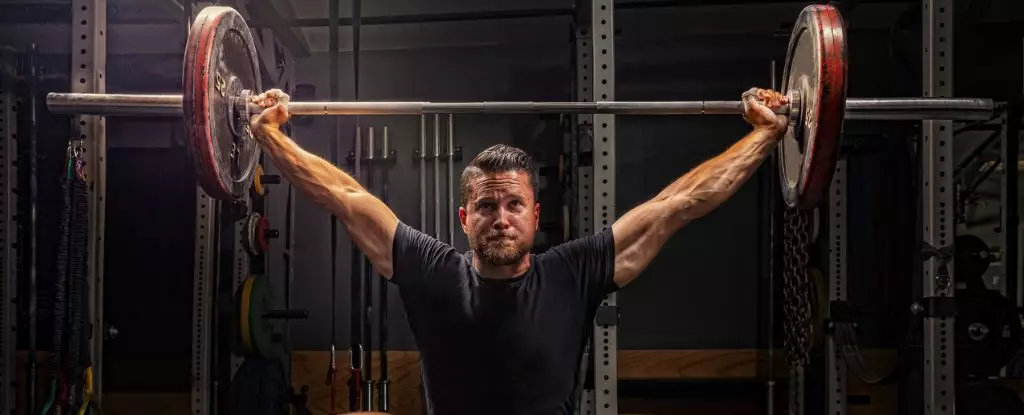In 2021, the bodybuilding community was rocked by a series of tragedies that cast a long shadow over the sport, highlighting an alarming correlation between the pursuit of muscle mass and the risk of unexpected mortality. Over two dozen professional bodybuilders, some as young as 27, perished under circumstances that should compel us to question the very foundations of competitive bodybuilding. This spate of sudden deaths is not merely an unfortunate anomaly; it presents an urgent health crisis that exposes the dark underbelly of a sport often glorified for its aesthetics and physical prowess.
Statistics from recent research underscore a disturbing reality. A comprehensive study conducted by researchers at the University of Padova examined over 20,000 male bodybuilders, documenting 73 sudden deaths with a shocking average age of just 42 years. While it is commonly accepted that elite athletes typically enjoy longer life spans than the general population, these findings prompt a reevaluation of the risks associated with bodybuilding. Notably, the leading cause of death in this group was sudden heart failure—an affliction that has claimed nearly half of the documented fatalities.
From Vanity to Tragedy: The Cost of Extreme Bodybuilding
It is important to acknowledge that the causes of these deaths are multifaceted, from the abuse of steroids to tragic incidents like vehicular accidents and suicides. However, the overwhelming incidence of heart failure among elite bodybuilders speaks volumes about the intrinsic dangers tied to strenuous training regimens, rigorous dieting, and the use of performance-enhancing drugs. As athletes increasingly push their bodies beyond their natural limits, they are risking not just their careers, but their very lives.
Perhaps the most disconcerting takeaway from the study is the stark contrast in risk levels between elite professionals and amateur bodybuilders. The research shows that top-tier competitors—particularly those who participate in high-pressure competitions such as Mr. Olympia—face over 14 times greater risk of sudden heart failure compared to their less serious counterparts. It raises an unsettling question: at what point does the pursuit of excellence become a reckless gamble with life itself?
A Wake-Up Call for the Sports Community
The implications of these findings extend beyond individual athletes. They should serve as a wake-up call for governing bodies, health professionals, and sports organizations. The study’s authors emphasized the immediate necessity for a framework that targets sudden death prevention among bodybuilders, including mandatory access to automated external defibrillators (AEDs) during competitions. This is not merely a suggestion; it is a vital measure that could potentially save lives.
Research limitations, particularly around the lack of autopsy data—only 10% of sudden cardiac deaths had available autopsy reports—further complicate the understanding of the factors leading to these deaths. However, patterns observed in available studies—such as left ventricle thickening and enlarged hearts—point to a troubling reality where the conditioning that once defined strength is instead morphing into a perilous health risk.
Cultural Reflections and the Pursuit of Aesthetic Ideals
As we navigate this complex landscape, we must confront the cultural perceptions surrounding bodybuilding. The sport has long venerated extreme physicality, often overlooking the associated risks in favor of visually stunning aesthetics. This culture needs to evolve to prioritize the health and well-being of athletes over unattainable physical ideals. Encouraging open discussions about the realities of performance-enhancing drugs and physical strain is critical.
In light of the evidence presented, we must challenge the romanticized notion of the “muscular ideal.” While the aspiration for physical excellence is laudable, it should never supersede the imperative of health. Striking a balance between ambition and safety must become the industry’s mantra. If the bodybuilding community does not take these findings seriously, we risk losing more talented individuals to a pursuit that could very well be their undoing.
The time for complacency is long past; it is essential that all stakeholders within the sport take decisive action to protect athletes. The tragic losses of 2021 should not merely be footnotes in bodybuilding history; rather, they should act as urgent catalysts for change, ensuring that the sport not only advocates for physical excellence but also prioritizes the health and longevity of its athletes.

Leave a Reply